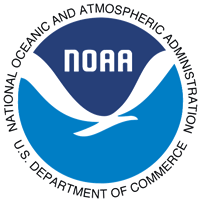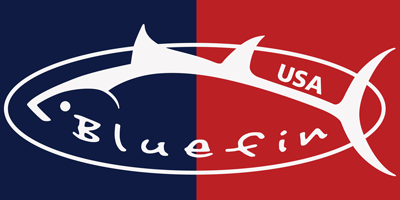Francisco Chavez and Barbara Block
Session 11, Talk 3, 20/1/16 @ 1430 hrs
A multitude of factors control the abundance and distribution of marine populations. These factors can be biotic, such as competition and predation, or abiotic such as environmental variability. Early ecological studies focused on biotic interactions, but it is now well known that environmental fluctuations occur on many scales, both spatial and temporal, and strongly affect ecological systems. Over the past three decades, study of environmental fluctuation in relation to ecology has blossomed around interannual (El Niño) to mutidecadal (PDO) climate variability and global warming. The 1982-1983 El Niño galvanized interest in climate change. Over an 18-month period strong climate fluctuations occurred globally over short time scales. Because El Niño changes global climate on a scale of months, the concern arose that human-induced accumulation of CO2 in the atmosphere could also impact climate on similar scales. The discovery of natural variations on decadal, multi-decadal and centennial scales has further complicated the attribution of ecosystem changes. Here we review large-scale variations in the marine environment over the past century with an emphasis on the Pacific. Examples of how these variations impact tuna populations are provided.
Contact: F. Chavez, Monterey Bay Aquarium Research Institute, This email address is being protected from spambots. You need JavaScript enabled to view it.














